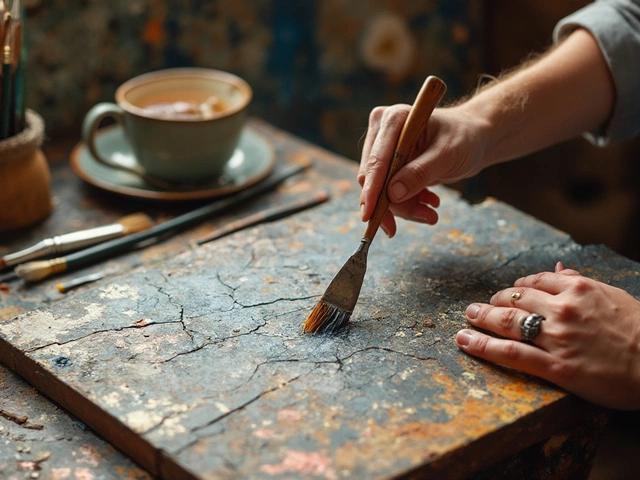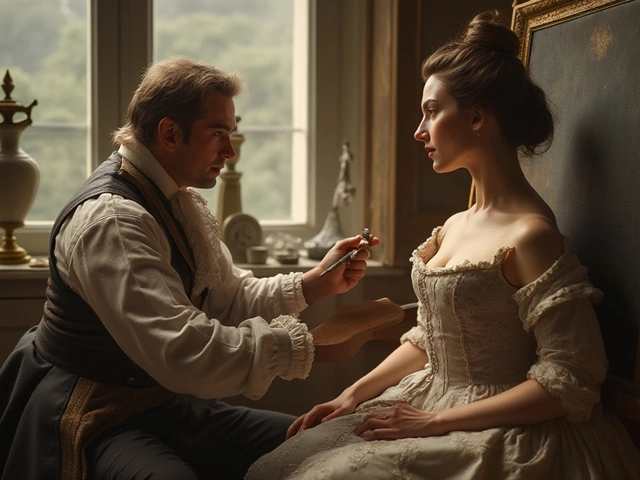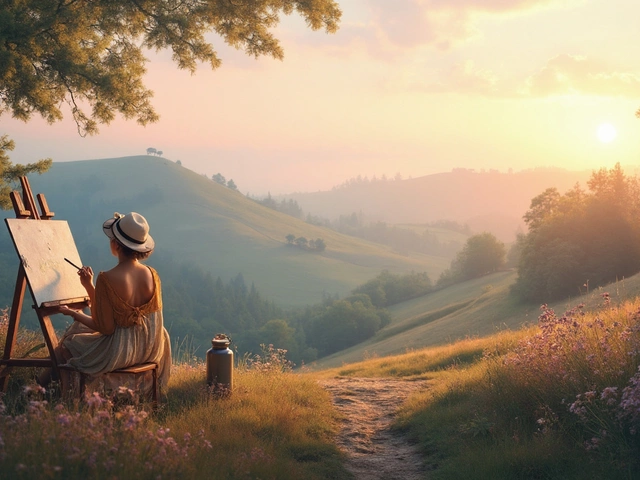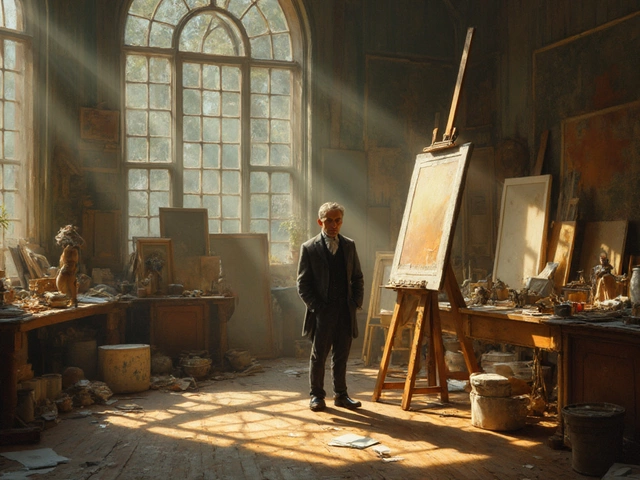Art and Design
When working with Art and Design, the broad field that covers visual creation, from drawing to digital media. Also known as creative arts, it blends theory, skill, and personal expression to shape how we see the world.
One of the most popular branches is portrait painting, a focused practice that captures a person's likeness, personality, and mood on canvas. Portrait painting requires a good grasp of lighting dynamics, color contrast, and anatomy. In other words, Art and Design encompasses portrait painting as a way to study how light shapes form. Artists often start with a simple sketch, then layer transparent glazes to build depth; the result is a piece that feels alive. Understanding these basics helps you move from a flat depiction to a portrait that really pops.
Another core area is landscape painting, the art of transcribing natural scenery onto a surface to convey atmosphere and space. Landscape painting influences the choice of color palettes, perspective lines, and brushwork techniques. When you pair it with solid art techniques, the tools and methods artists use, such as glazing, impasto, and wet-on-wet, you get a powerful workflow for any outdoor scene. The synergy between landscape composition and these techniques lets you capture everything from misty mornings to dramatic sunsets with convincing depth.
What you’ll discover in this collection
Below you’ll find practical guides that dive deeper into these topics. Whether you’re looking to add more impact to your portrait work, understand why realistic portrait commissions vary in price, master the fundamentals of landscape composition, or learn subtle ways to enhance a subject’s appearance, each article breaks down the concepts into clear steps you can try right away. The mix of beginner tips and intermediate insights means you’ll walk away with actionable ideas no matter where you are on your artistic journey.
Ready to explore specific tips, pricing breakdowns, and technique tricks? Scroll down to see the curated posts that build on the foundations we just covered.
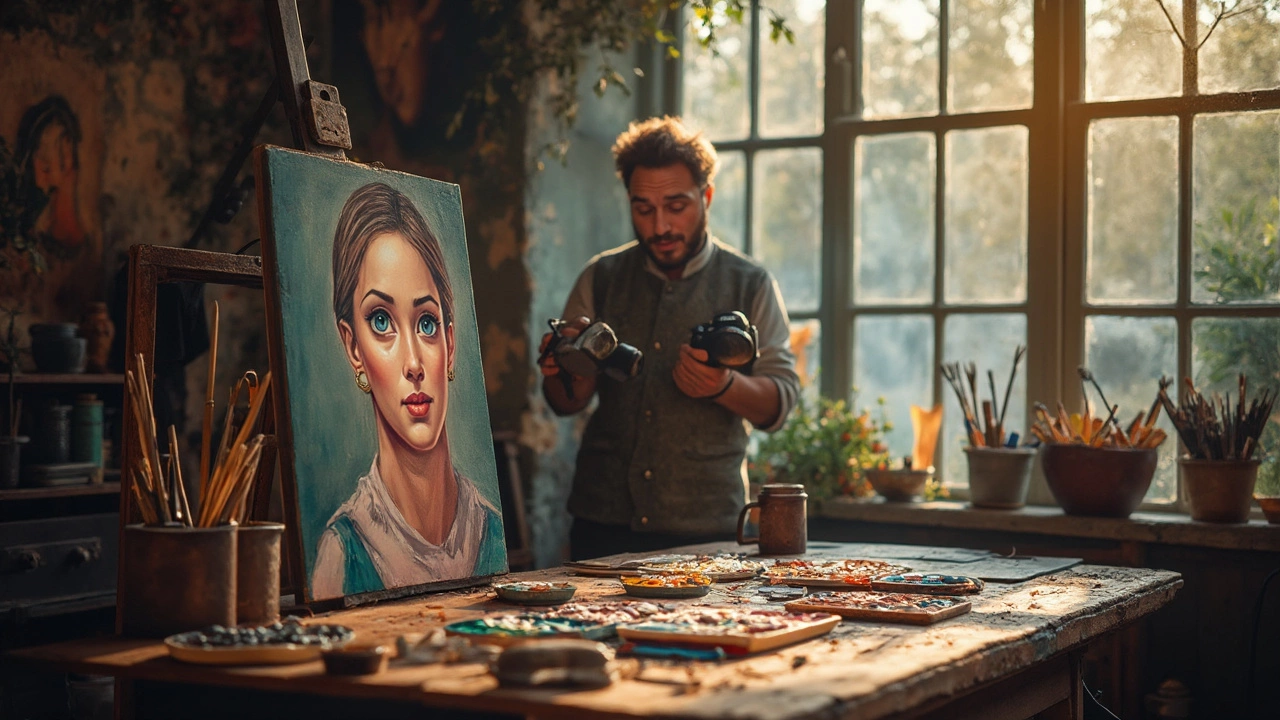
Creating a striking portrait involves more than just capturing a likeness. It's about adding those personal touches that bring the subject to life. From understanding lighting dynamics to mastering color contrasts, these factors play a crucial role. No need for fancy words; just practical advice to elevate your portrait game. Discover how small tweaks can make your art stand out.
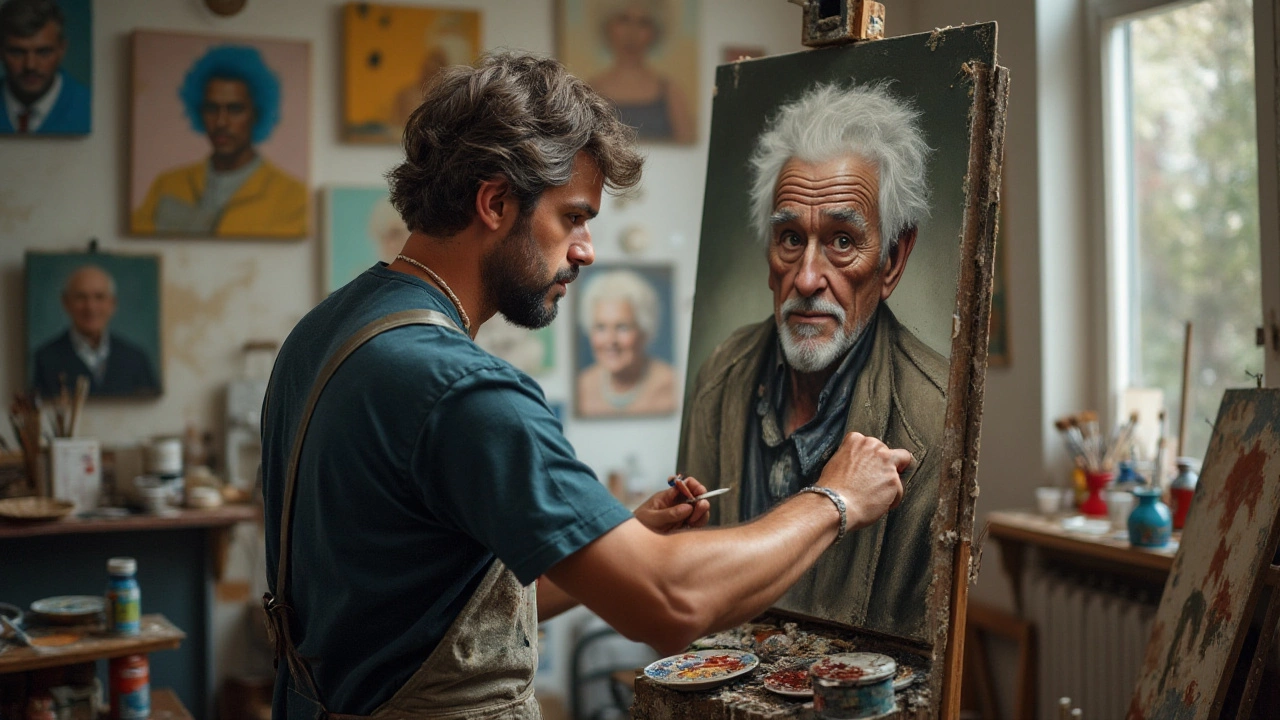
Exploring the factors influencing the cost of realistic portrait paintings, this article delves into artist expertise, material choices, and customizations. It helps readers understand the various price ranges and what to expect when commissioning a portrait. By breaking down the process and pricing elements, potential buyers can make informed decisions. Whether considering a gift or decorating a space, commissioning a portrait is both an investment in art and a personal journey.
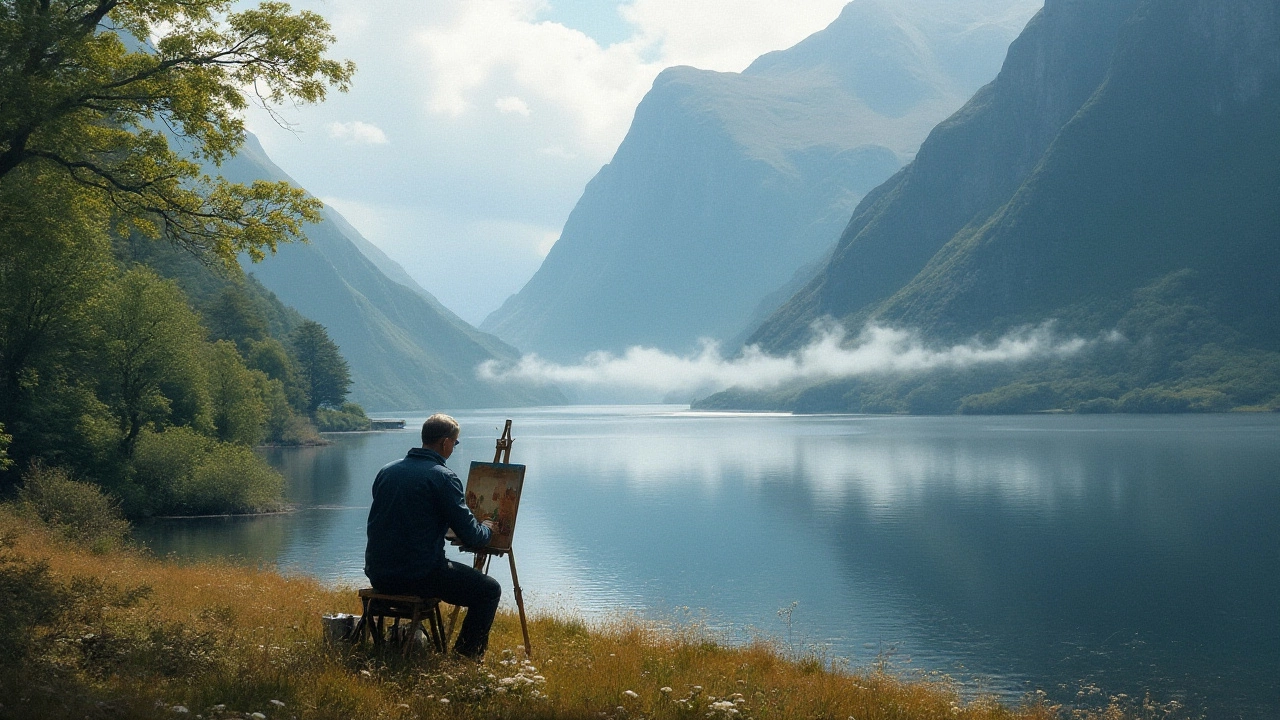
Landscape painting is more than just replicating the scenery—it’s about translating nature into an art form that speaks to the viewer. Key concepts in this genre include composition, perspective, and use of color, each vital in conveying mood and depth. Understanding these elements can elevate the artist’s ability to evoke emotion through their work. Explore the essentials and enrich your approach to capturing the beauty of landscapes on canvas.
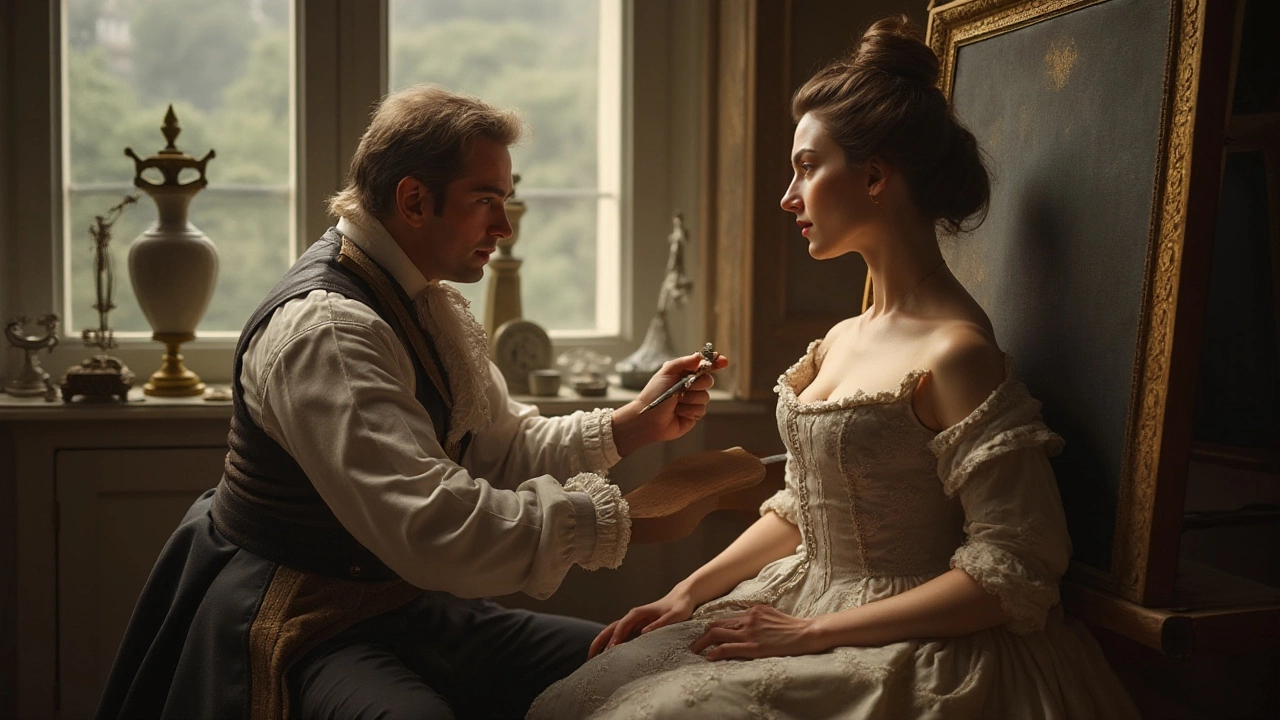
Capturing a flattering likeness in portrait paintings often involves subtle artistic techniques aimed at presenting subjects in the most complimentary way. By using tools such as lighting, clothing choices, and angles, artists create an image that enhances the subject's physical attributes. This article delves into the various methods artists have employed throughout history to help their subjects appear slimmer in portraits. These painting techniques not only aid in achieving the desired aesthetic but also in boosting the subject's confidence.
